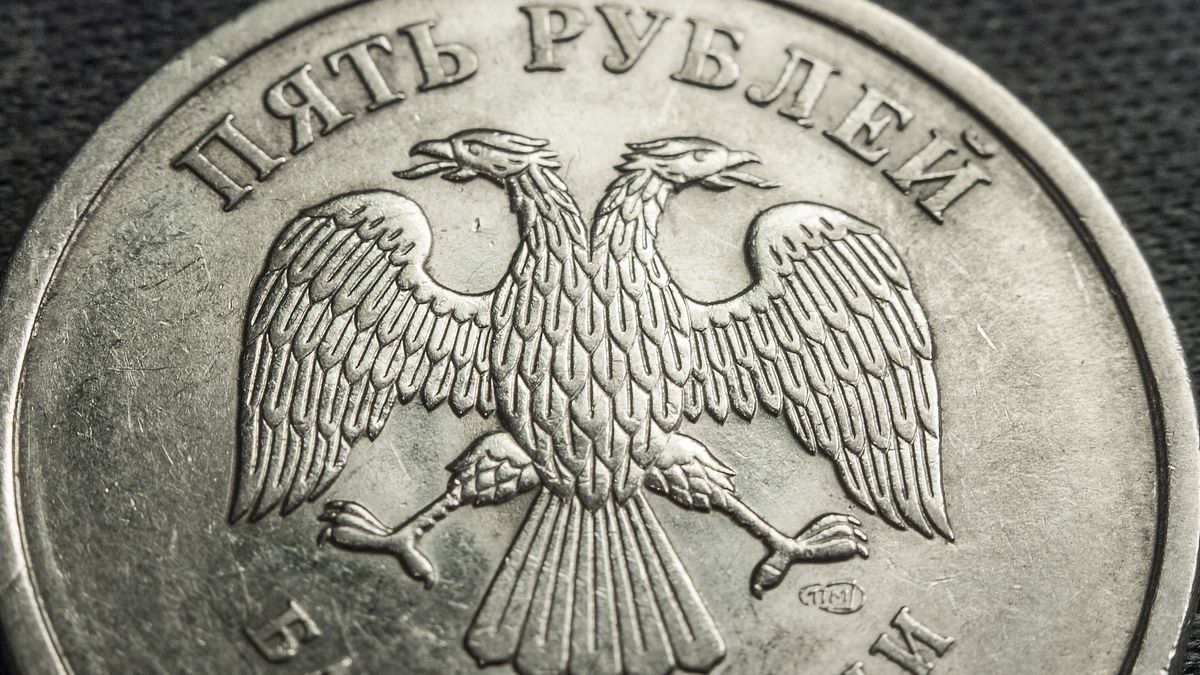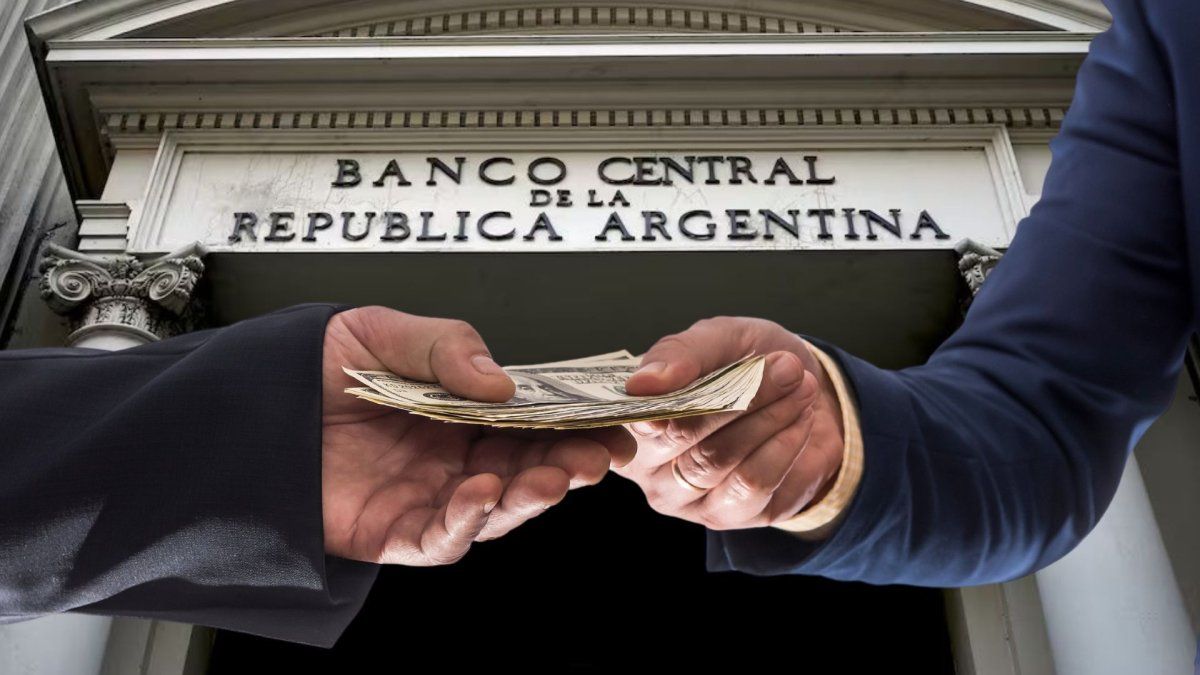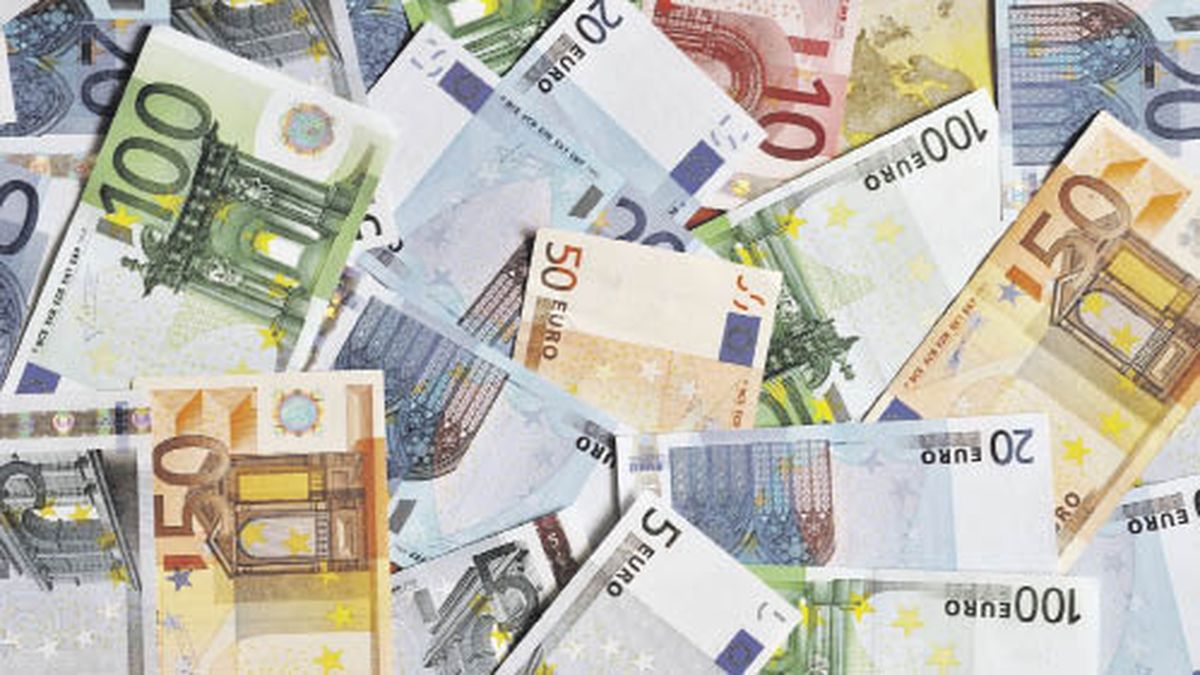That is why none of the analysts consider that Russia does not have an “ace up its sleeve” with respect to protecting its finances. In Russia, they have been preparing their own official cryptocurrency for some time, an alternative to escape sanctions. They recently completed the prototype of this coin in December 2021 and the first tests have already been done.
Cryptocurrency regulation seems to be on the way in this country, although there are disagreements between the Bank of Russia, which would prefer to ban mining and cryptocurrencies, and the Russian central bank, which is behind the push for the digital ruble. That move is similar to that made by China, which has also been preparing its own digital yuan for months. The Asian giant considers this development as the future of its economy, and has demonstrated it with the support of this cryptocurrency even in part of the Beijing ATM network.
Russia is in fact one of the main supporters of cryptocurrency mining. The latest data indicates that it controls 12% of all cryptocurrencies, which has seemed to be a compelling reason to avoid banning this activity, something that they did do in China, for example.
Official support for cryptocurrencies has been spreading to other countries in recent months, and in fact Mykhailo Fedorov, Ukraine’s deputy prime minister, indicated a week ago that the country was legalizing cryptocurrencies so that its citizens “can protect their assets against potential abuse or fraud.
The Bank of Russia announced last week – prior to the conflict – that it had officially launched the test of its CBDC, and that the first digital transfers of rubles between citizens had already been carried out with great success. During the tests, customers not only opened digital wallets using the mobile application, but also exchanged non-monetary rubles for digital ones. Next, the mechanism of transferring digital rubles between accounts was tested.
Three of the 12 financial institutions participating in the Bank of Russia’s CBDC pilot program have already integrated the digital ruble into their platforms. There is still a second stage that will involve testing digital ruble payments for goods and services, as well as the implementation of smart contracts and interaction with the Federal Treasury. In a third, the Bank of Russia planned to facilitate offline CBDC payments and allow non-residents to conduct digital ruble transactions as well.
Olga Skorobogatova, first deputy governor of the Bank of Russia, noted a week ago that the digital ruble will allow free transactions in all parts of the country and constitutes a “new opportunity for citizens, companies and the state”.
Source: Ambito
David William is a talented author who has made a name for himself in the world of writing. He is a professional author who writes on a wide range of topics, from general interest to opinion news. David is currently working as a writer at 24 hours worlds where he brings his unique perspective and in-depth research to his articles, making them both informative and engaging.




